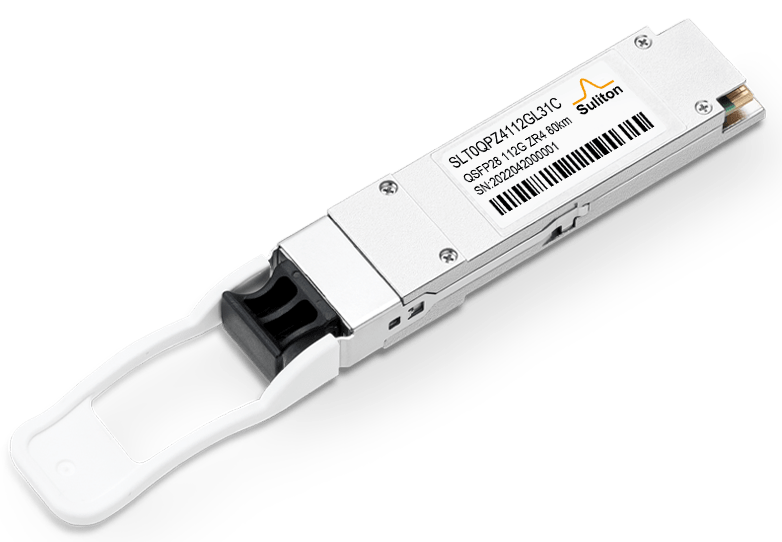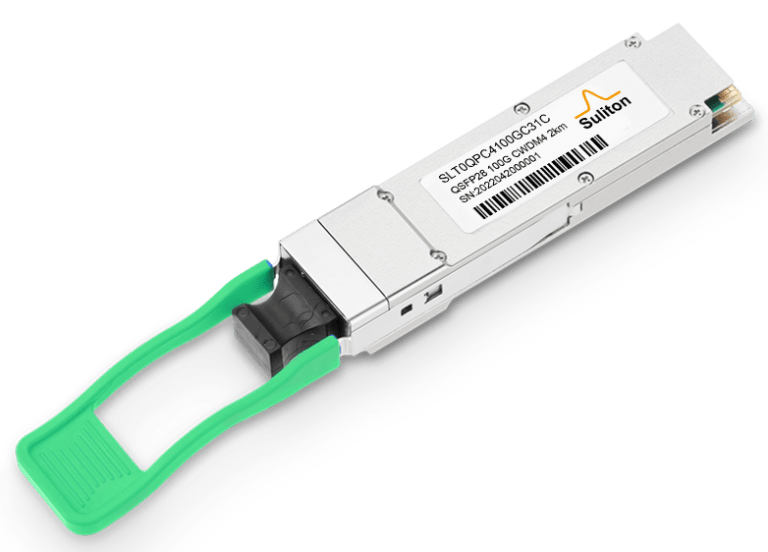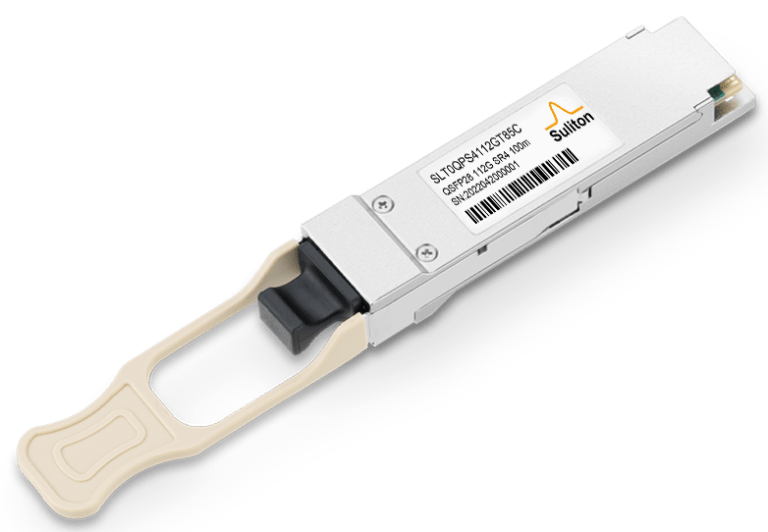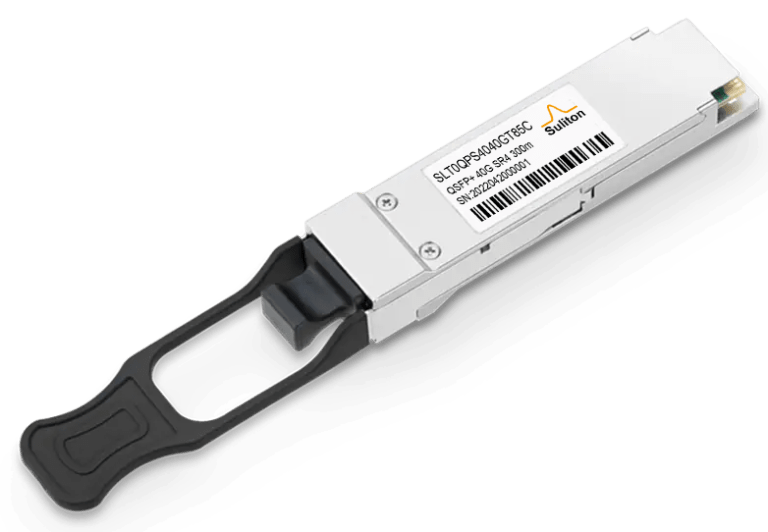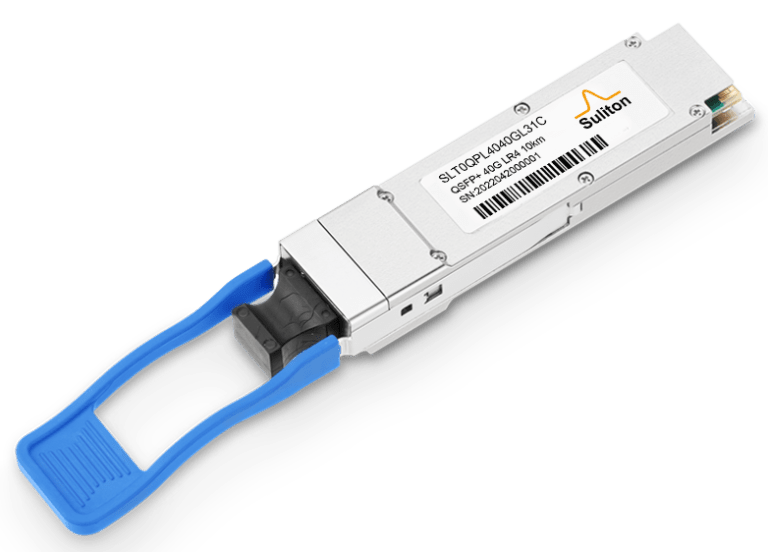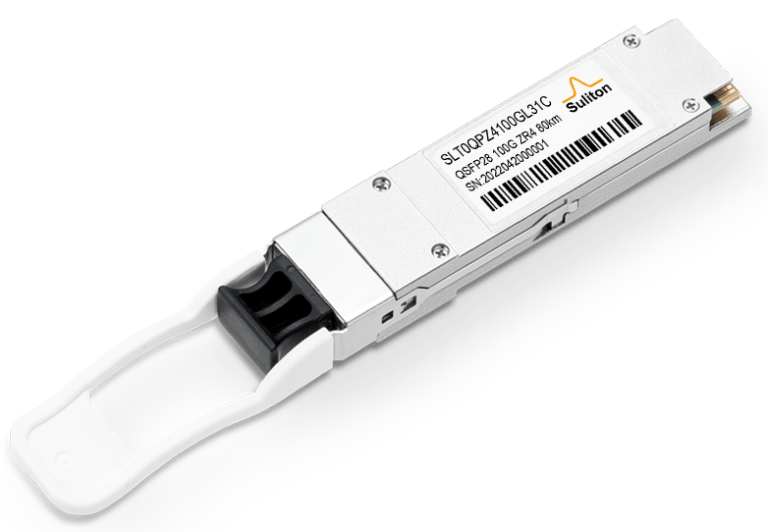What Is 400G ZR+?
OpenZR+ definitions
The OpenZR+ MSA specifications are built upon the foundations established by OIF’s 400ZR and Open ROADM. It is designed to expand the application space for a coherent solution in a small form factor pluggable module. OpenZR+ combines the 400ZR framing optimized for Ethernet as defined by the OIF and couples it with the higher-gain open Forward Error Correction (oFEC) technology also adopted in the Open ROADM specifications. OpenZR+ can not only help meet the broader application requirements of hyperscale data centers for higher-performance edge and regional interconnects, but also facilitate some emerging carrier transport architectures.
OpenZR+ advantages compared with 400ZR
Primarily, it offers support for 4×100G multiplexing. This enables the decomposition of a 400G signal into four 100G signals, consequently enhancing fiber utilization and network flexibility. The transformation of networks typically occurs in a phased manner. Given the cost considerations, it is infeasible for us to instantaneously replace all backbone network equipment with those that support 400G interfaces. In such a scenario, with the coexistence of 400G and 100G, the one-to-four transmission remarkably augments the practical applicability.
Secondly, it extends support to diverse line-side encodings and rates, encompassing 16 QAM, 8 QAM, QPSK, among others, as well as various client-side rates like 100GE, 200GE, 400GE, etc. This feature allows it to accommodate different distance and capacity demands.
Finally, OpenZR+ is endowed with an ultra-long distance transmission capacity. 400ZR modules support the transmission of large-capacity data over DCI links up to 80 to 120 kilometers. On the other hand, under the assumption of an ideal network, OpenZR+ and Open ROADM are able to conduct network transmission over a distance of up to 480 km in the 400G mode.
Main Applications of OpenZR+
Extended-reach Point-to-Point Packet Transport Application: One application of ZR+ is a straightforward extension of the transcoded mappings of Ethernet in 400G ZR. It uses the oFEC technology with higher performance to support longer transmission distances. In this case, 400G ZR+ modules are narrowly defined as supporting a single-carrier 400Gbps optical line rate and capable of transporting 400GbE, 2×200GbE or 4×100GbE client signals for point-to-point transmission (with a maximum reach of about 500 kilometers or so). This solution is specifically designed for packet transport applications and is targeted at router platforms.
Multi-span Metro OTN Application: Another application of OpenZR+ is to include support for the OTN. This coherent pluggable solution aims to support the additional requirements of the OTN network, and it can carry both Ethernet client signals and OTN client signals, as well as handle the transmission issues in multi-span ROADM networks. For operators, this type of OpenZR+ is needed when demarcation is relatively important, and it is mainly targeted at multi-span metro ROADM networks.
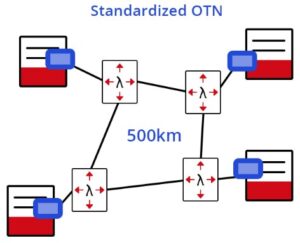
Multi-span Metro Packet Transport Application: The third application of OpenZR+ is to support the extended-reach Ethernet (i.e., packet) transcoded solution, which is further optimized for key performances such as latency. It adopts the oFEC and sophisticated coding algorithms and can support achieving the longest transmission distance in the multi-span metro packet transport over a distance exceeding 1,000 kilometers.

Multi-span Metro-Regional Optical Transport Network Application: The fourth application of OpenZR+ is to simultaneously support both Ethernet and OTN client signals. This coherent pluggable module utilizes the oFEC and Probabilistic Constellation Shaping (PCS) technologies, along with tunable optical filters and amplifiers to achieve the maximum transmission distance. It supports a rich set of features of OTN network functions for deployment over both fixed and flex-grid line systems. This type of OpenZR+ provides solutions with higher performance to meet the broader requirements of metro/regional packet networks.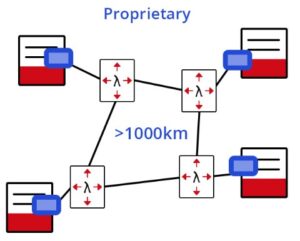
The interoperability of coherent pluggable
Compliance with common standards: Taking the OpenZR+ as an example, as a standard for coherent pluggable interoperability, it specifies various specifications such as the line signaling rate, modulation format, FEC code, etc. This enables different manufacturers to follow unified standards when producing coherent pluggable devices, which is conducive to achieving compatibility among devices from different manufacturers.
Improving fiber capacity utilization: Supporting full filling of router interfaces. The OpenZR+ plug can operate at full load on a 75GHz fixed-grid line system without any transmission distance loss, which greatly improves the utilization rate of fiber capacity. This is just like on a highway, through reasonable traffic rules and vehicle designs, more vehicles (data) can travel without reducing the driving speed (transmission performance), thus enhancing the transportation capacity of the entire highway (fiber).
Adapting to different distance and capacity requirements: It can support different line-side encodings and rates (such as 16QAM, 8QAM, QPSK, etc.) as well as client-side rates (such as 100GE, 200GE, 400GE, etc.). This enables coherent pluggable devices to be flexibly configured according to the actual network transmission distance and capacity requirements. For example, for short-distance, large-capacity data transmission, a high client-side rate and appropriate line-side encoding can be adopted; for long-distance transmission, the encoding and rates can be adjusted to ensure signal quality.
Flexible choice of form factors: There are various target form factors, including plug-in form factors optimized for wide area networks like CFP2-DCO, which has a larger size and a higher power range and can integrate more functions, as well as QSFP-DD and OSFP, which are optimized for high density and low power consumption. Users can choose the appropriate form factor according to application scenarios, host platform port requirements, and power consumption. For example, in equipment with limited space and strict power consumption requirements, QSFP-DD or OSFP form factor plugs can be selected; while in wide area network equipment with high functional requirements, CFP2-DCO form factor plugs can be used.
Ensuring the accuracy of performance monitoring: In a multi-vendor operating environment, interoperability requires that performance monitoring (PM) statistical data can be independently captured from the DSPs of different modems and that the consistency and accuracy of these data are ensured. This helps network operators to understand the operating status of the network in a timely and accurate manner, discover potential problems, and carry out maintenance. For example, when the network fails or its performance degrades, the accurate performance monitoring data can be used to quickly locate which device or link has a problem.
Importance of OpenZR+
400G ZR and OpenZR+ coherent pluggable optics take implementation challenges to the next level by adding some of the elements for high-performance solutions while pushing component design for low-power, pluggability, and modularity.
